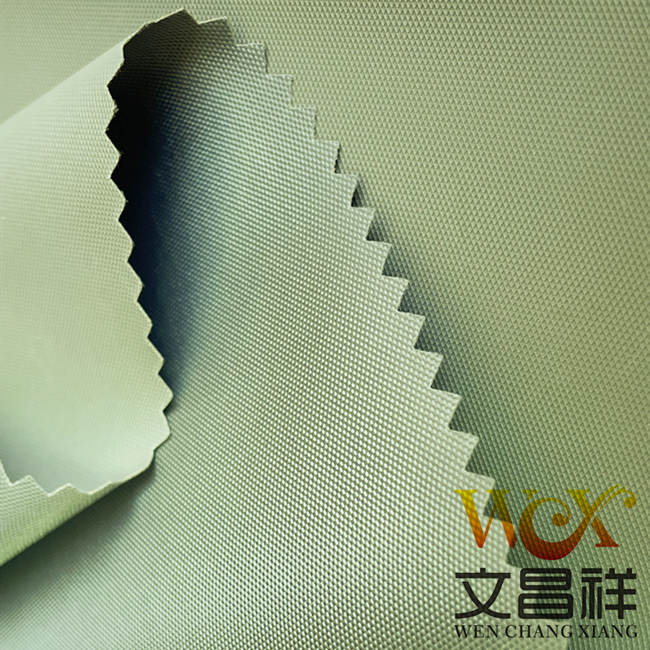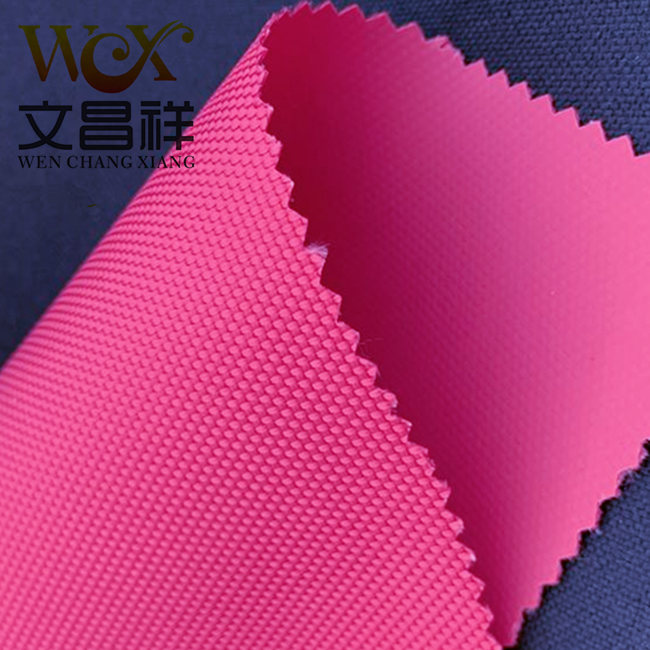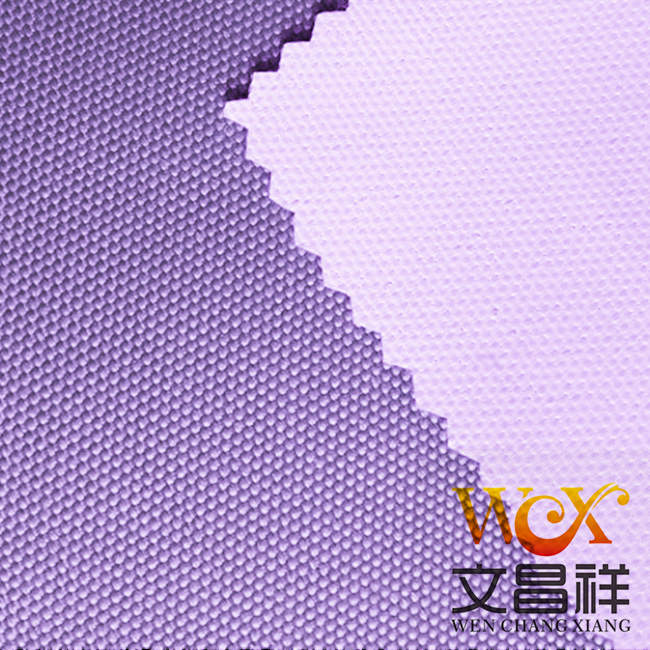Nylon Oxford cloth quickly curls up and melts into a white gel when it is near the flame, and it melts and drips in the flame And foaming, there is no flame when burning, it will not burn again after leaving the flame, and the light brown molten material is not easy to mash after cooling. Polyester Oxford cloth is easy to ignite and will melt and shrink when it is near the flame. When it burns, it will melt and emit black smoke, showing a yellow flame. After burning, the ashes will turn into dark brown lumps that can be crushed with your fingers.

Polyester Oxford Cloth characteristics: high strength, good impact resistance, crisp, heat-resistant, corrosion-resistant, moth-resistant, acid-resistant and alkali-resistant, very good light resistance (second only to acrylic), even if exposed to the sun, the strength can still be maintained at 60-70%. It has poor hygroscopicity and is difficult to dye. The fabric is easy to wash and dry quickly, and has good retention properties.

Nylon Oxford The biggest advantage of cloth is that it is strong and wear-resistant, and it is also the best kind. Oxford cloth has a small density, is a light fabric, has good elasticity, is resistant to fatigue damage, has good chemical stability, and is resistant to alkali but not acid. The biggest disadvantage is that the sunlight resistance is not good. The textile will turn yellow if exposed to the sun for a long time, the strength will decrease, and the moisture absorption is not good, but it is better than acrylic and polyester.

Oxford cloth What are the specifications? Such as 1680D, 1200D, 900D, 600D, 420D, 300D, 210D, 150D and other Oxford cloth. Function classification of Oxford cloth: fire-retardant cloth, waterproof Oxford cloth, PVC Oxford cloth, PU Oxford cloth, camouflage Oxford cloth, fluorescent Oxford cloth, Printed Oxford cloth, composite Oxford cloth, etc.
</p






